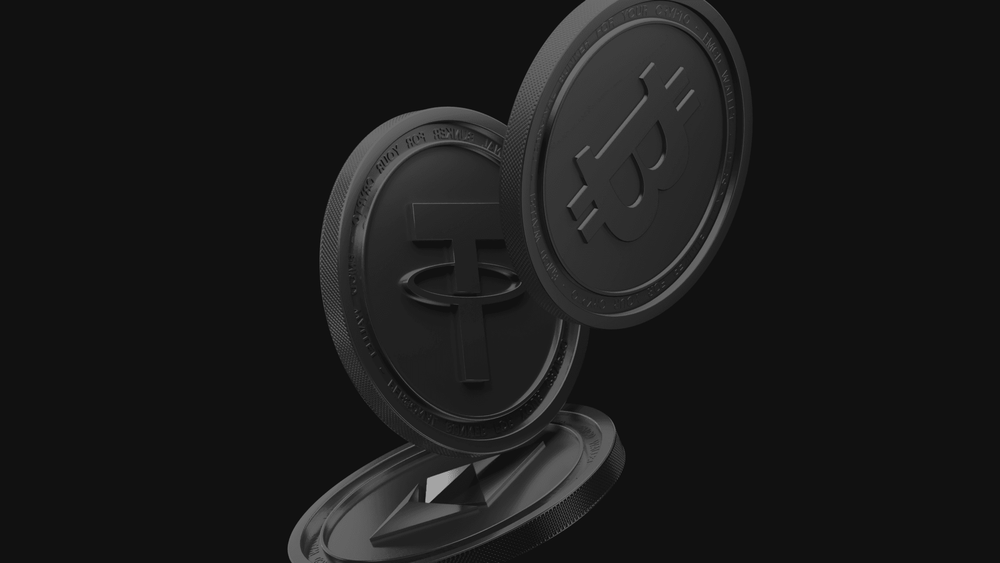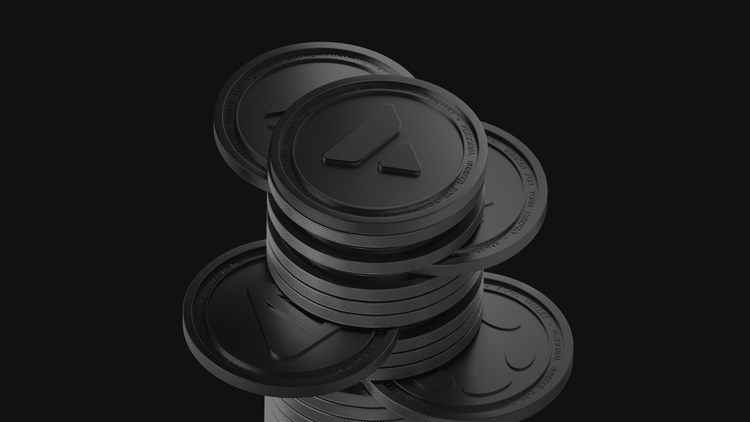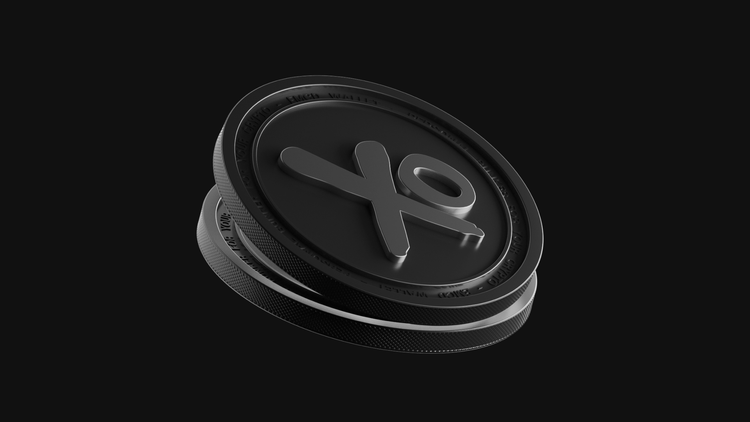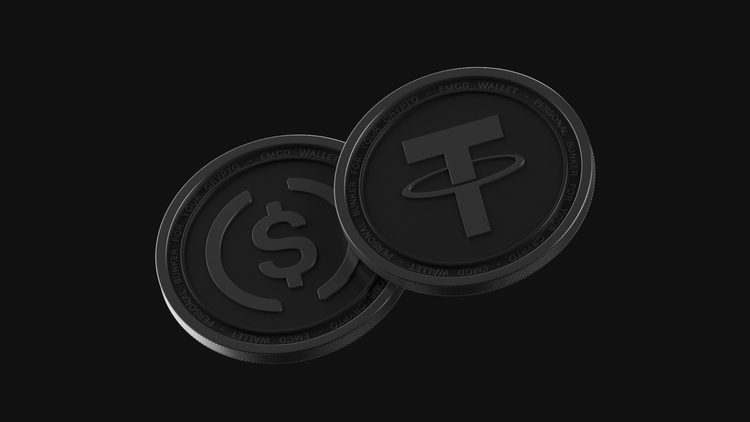Is It Worth Making a Deposit: Profitable Ways to Invest in Crypto

The reasons are clear: crypto offers new opportunities to earn money, high potential returns, and access to a global digital asset market. However, it is also a highly volatile and risky sector: prices can rise or fall by dozens of percent in a short time, and investors risk losing their money with poor decisions. Before investing, it’s important to understand the fundamentals of the crypto industry, gather up-to-date information about projects and technologies, and realistically assess the pros and cons.
The first thing to know: cryptocurrencies offer no guaranteed income and are not protected by governments. These assets are not backed by tangible value or state guarantees; their price is driven purely by supply and demand. On the flip side, decentralization and lack of intermediaries make crypto attractive to those who don’t trust banks. Blockchain technology ensures transparent and reliable transactions without third parties, and limited supply (e.g., only 21 million BTC) creates the conditions for price growth when demand increases. Investment decisions should be based on personal goals and risk tolerance. Beginners should start with small amounts — only what they can afford to lose — and take time to understand the space before committing larger sums.
Bitcoin and Other Cryptocurrencies: What to Choose
The crypto world goes far beyond Bitcoin. Thousands of coins and tokens exist today. Bitcoin (BTC), the first and largest cryptocurrency, dominates about half the market. It’s often called ‘digital gold’ due to its reliability and limited supply. Bitcoin has the longest track record, high liquidity, and relatively lower risks compared to newer projects, making it a common base asset for investors. Beyond BTC, there are other major currencies like Ethereum (ETH), Binance Coin (BNB), Solana (SOL), and more, each with unique features and use cases.
The choice of coins depends on your strategy and risk appetite. To minimize risk, stick to the most established coins like BTC and ETH, which have earned investor trust. For diversification, you might add promising altcoins — but remember, higher potential returns come with higher risks. Always research the project: what it offers, what problem it solves, and who is behind it. Experts recommend evaluating the product, technology, and team to ensure it's not just a flashy scam.
Don’t put all your eggs in one basket: diversify across several coins. For example, hold a base in BTC and ETH, with a small allocation in riskier altcoins. It’s also wise to have some stablecoins (like USDT), which don’t rise in value but help you ride out market downturns without exiting to fiat. Diversification helps strike a balance between stability and growth potential.
How the Crypto Market Works and What Affects Prices
To invest successfully, you must understand how the crypto market operates. Unlike traditional stock exchanges, the crypto market is decentralized, global, and operates 24/7. Prices are formed by supply and demand across many platforms worldwide. Several key factors influence prices:
- News and events: Announcements from major companies about BTC purchases, Elon Musk's tweets, new technology rollouts, or hacking incidents can drive prices up or down
- Regulation: News about crypto bans or legalizations immediately impact prices. Regulatory clarity encourages institutional participation; bans push prices down
- Project performance: The value of an altcoin depends on updates, user growth, bugs, or hacks. A discovered vulnerability can crash a coin’s price
- Speculation and emotions: FOMO (Fear of Missing Out) and panic selling often move the market. Sharp swings can happen even without clear reasons
Volatility is inherent in crypto. Prices can swing wildly and unpredictably. That’s why you need a cool head and readiness for change.
Crypto Exchanges: Where to Buy and Sell Safely
Most crypto transactions happen on online platforms called exchanges. These can be centralized (CEX) with accounts and order books, or decentralized (DEX), operating via blockchain without a central authority. For beginners, large centralized exchanges with user-friendly interfaces and support are a good start.
Which exchanges are reliable? Look for established platforms with long operating histories and good reputations. Top picks include Binance, Coinbase, Kraken, etc. Always enable two-factor authentication (2FA) and avoid phishing. Ensure the exchange supports convenient deposit and withdrawal options (cards, e-wallets, etc.). Don’t store large sums on exchanges long-term — transfer funds to your own wallet after purchase.
How to Buy Crypto: Cards, Exchangers, P2P
Aside from exchanges, there are several ways to buy crypto with fiat money:
- Bank cards: Many exchanges (e.g., Binance) allow buying crypto via Visa/Mastercard. It’s convenient, but fees may be higher, and banks may block such transactions
- Online exchangers: These websites let you trade fiat for BTC, ETH, USDT, etc. You send funds (via bank or e-wallet), and the seller sends crypto to your wallet. Use only trusted services and compare rates via monitoring platforms
- P2P trades: Platforms like EMCD let you buy/sell crypto directly with others. Funds are held in escrow until confirmation. It’s a key method in regions with restrictions. Always check seller ratings and never transact outside the platform
For beginners, trusted online services are best. Avoid random offers and verify the platform’s reputation.
Main Ways to Invest in Crypto
You can invest in crypto actively or passively:
- Long-term holding (HODL): Buy and hold coins for long-term gains
- Active trading: Buy low, sell high during price swings (requires experience)
- Mining: Earn coins with hardware (requires upfront costs)
- Staking and crypto deposits: Lock coins for interest income (for PoS coins)
- Crypto funds or stocks: Invest indirectly via ETFs or blockchain company shares
Most investors combine approaches: long-term BTC/ETH holding, some staking, some trading. No method guarantees profit — choose based on your knowledge and risk profile.
How to Earn from Crypto Beyond Price Growth
You can earn from crypto even without price growth:
- Lending platforms: Deposit crypto and earn interest. Yields are higher than banks, but risk of platform failure exists (as seen in 2022). Stick with trusted services like EMCD’s Coinhold
- Staking: Lock PoS coins (e.g., ETH, ADA) to earn rewards over time
Beware of offers promising high returns with ‘no risk’ — they're often scams. Always research thoroughly before committing.
Risks Every Crypto Investor Must Consider
Crypto investing carries serious risks:
- Volatility: Prices can spike or crash quickly
- No guarantees: Crypto is not insured or backed by any government
- Scams: The industry is rife with fraud and Ponzi schemes
- Technical risks: Hacks, wallet loss, or forgotten keys can mean total loss
- Liquidity: Unknown tokens may be hard to sell without losses
Only invest what you can afford to lose, and always do your own research.
How to Protect Your Crypto from Hacks and Scams
Protecting your funds is crucial:
- Store funds in personal wallets where you control private keys. Use hardware wallets (Ledger, Trezor) or secure software wallets. Don’t store large sums on exchanges
- Use strong passwords and 2FA. Always secure your accounts
- Never share your seed phrase. Keep it offline and private
- Watch out for phishing. Always verify site URLs and don’t click suspicious links
Security in crypto is your responsibility. Be vigilant.
Comparing Crypto with Other Asset Classes
Crypto is more volatile and risky than gold or real estate but offers higher potential returns. Gold and property are stable and tangible, but crypto is easier to access and doesn’t require a large capital.
Gold: A classic safe-haven with physical value and steady performance.
Real estate: Tangible, offers rental income, but needs large capital.
Crypto: Digital, risky, but accessible and potentially very profitable.
Ideally, combine these assets in your portfolio.
Crypto and Regulation: What Governments Say
Governments are moving from bans to regulation. In the U.S., stablecoin and BTC laws are under development. The EU passed MiCA regulation. Russia allows crypto ownership (not payments).
In 2025, crypto is legal but strictly regulated in the U.S., EU, and Japan. China and parts of the Middle East still have bans. In Russia, crypto can be bought and held, but not used for payments. Only qualified investors may get access in the future.
Regulations affect exchange access, taxation, and market behavior. Stay informed and compliant with local laws.
Is Now a Good Time to Invest or Should You Wait?
There is no perfect timing. It’s hard to catch the bottom. What matters is time in the market. Start small, especially after price surges. Regular investing (e.g., monthly) helps average costs.
The earlier you begin learning and investing (within reason), the better your chances of long-term success. Just make sure you’re financially and mentally ready.
How to Choose a Strategy: For Beginners and Advanced Traders
Beginners should focus on long-term BTC/ETH holding, avoid complex instruments, and build knowledge. Advanced traders can pursue active trading and diversification based on market analysis.
Start small, learn technical/fundamental analysis, and practice risk management. Don’t jump into margin trading or unknown projects too soon.
FAQ
Should I invest in crypto now?
Yes, if you're ready for risk. Start small and build over time.
What crypto to buy in 2025?
Bitcoin and Ethereum are best for most. Add 1-2 major altcoins for diversification.
How much can I earn or lose?
Returns can be high in a bull run, but losses can be steep too. Some coins drop to near-zero.
Which exchanges are safest for beginners?
Binance, Coinbase, Kraken. Use 2FA. EMCD is good for P2P or savings.
How to know if a coin is legit?
Check the team, whitepaper, technology, community. Avoid hidden or overly hyped projects.
Can I buy crypto in Russia or from abroad?
Yes. In Russia, you can buy/hold but not pay with it. Rules vary by country.
How much do I need to start?
Even $50–100 is enough. Crypto is divisible. Start with what you can afford to lose.
Where should I store my crypto?
Ideally in your own wallet with private keys. Keep trading funds on exchanges, savings offline.
Is crypto better or worse than gold/real estate?
It’s riskier but offers higher upside. Gold/real estate are stable but less accessible.
What real risks should I expect?
Volatility, no insurance, scams, technical issues. Only invest what you can lose.




